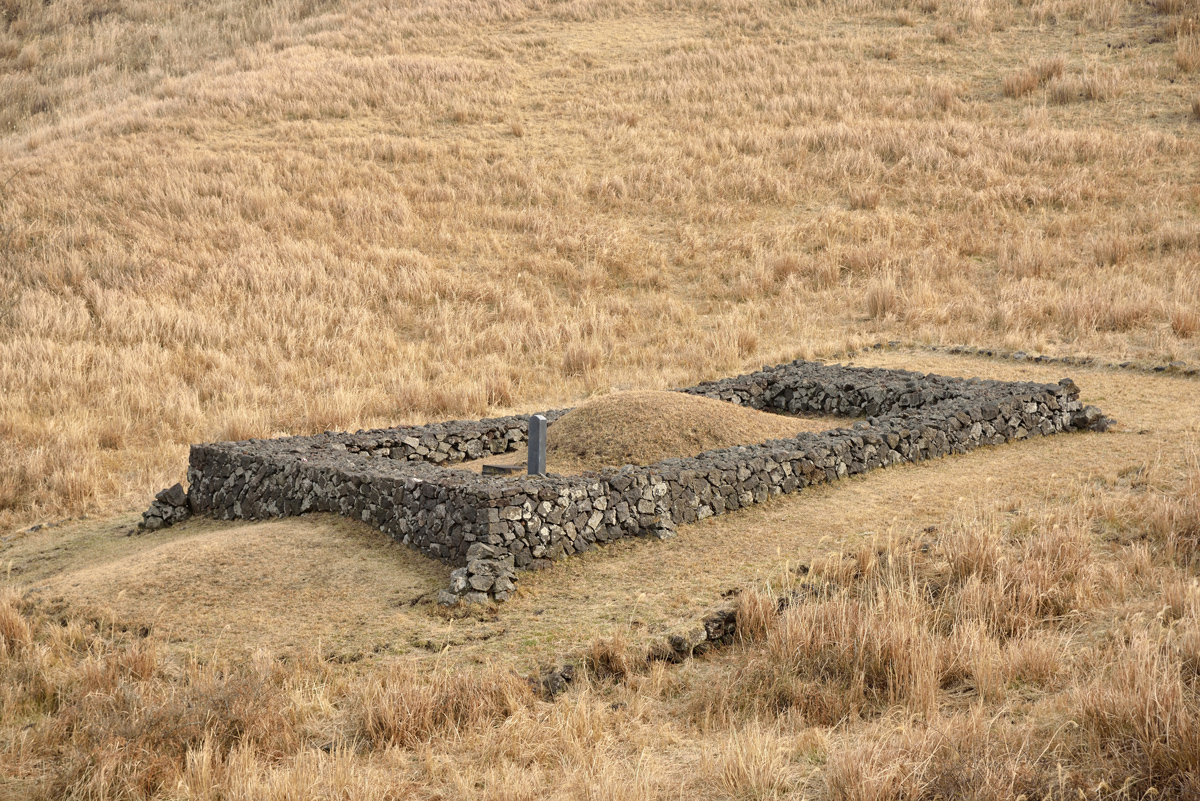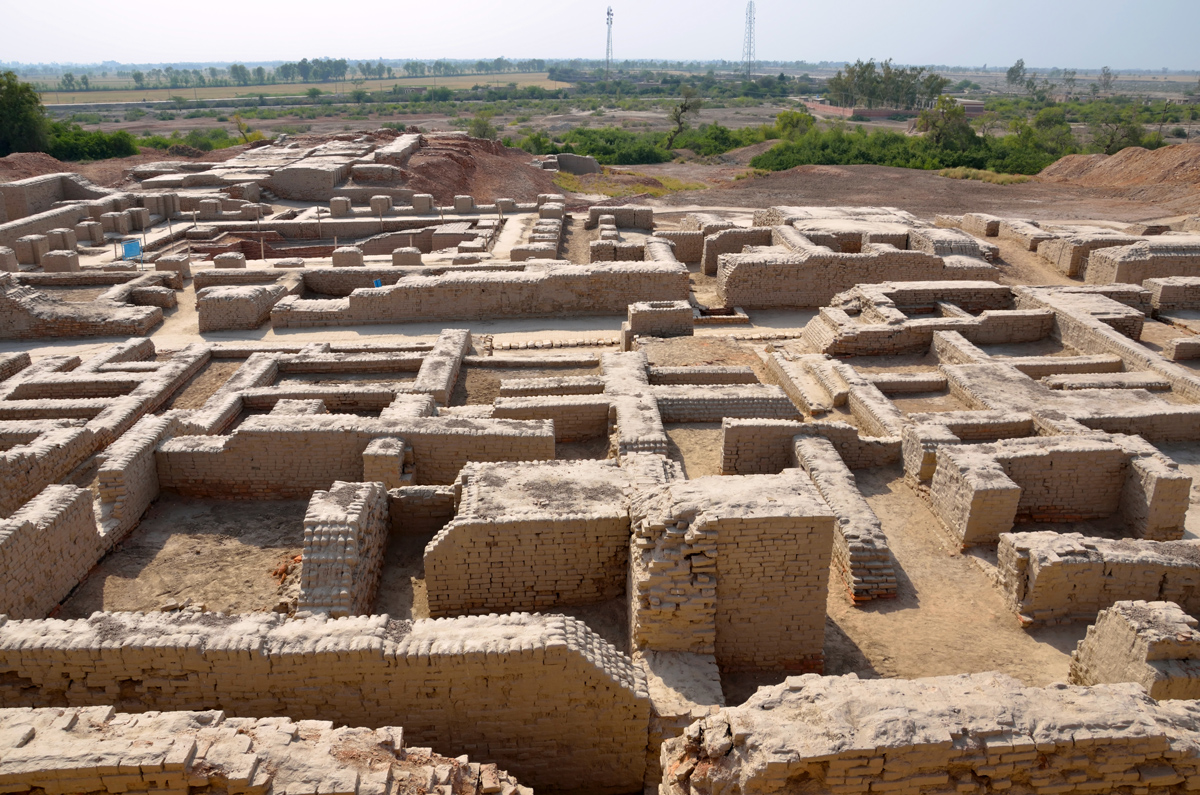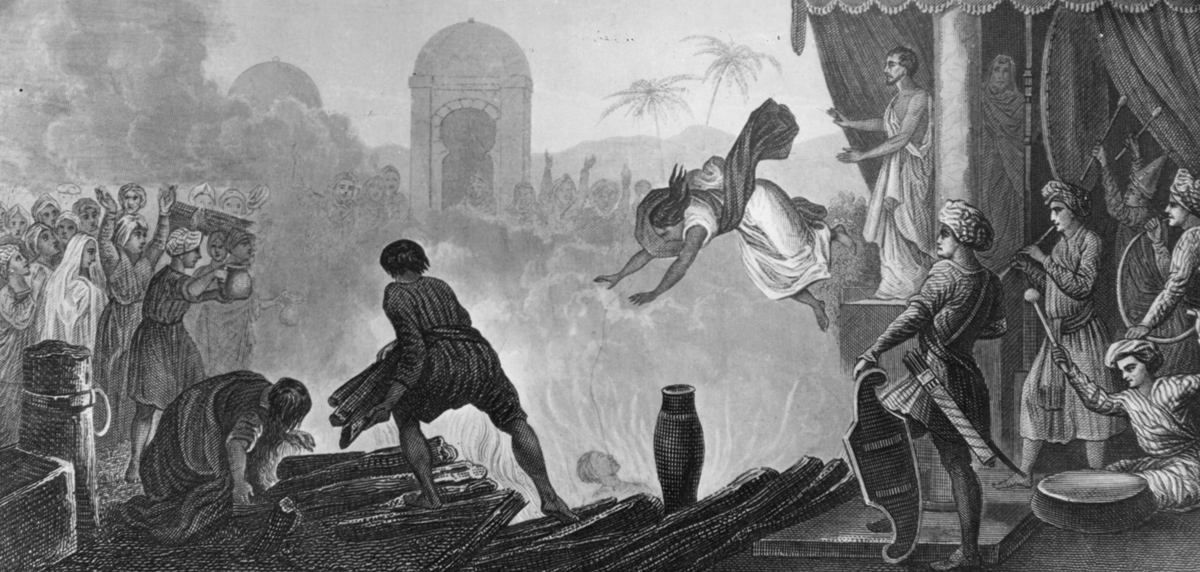25 cultures that practiced human sacrifice
Prehistoric Europe

In a study published in 2007 in the journal Current Anthropology, researchers described evidence that human sacrifice may have been practiced by hunter-gatherers in Europe as far back as the Upper Paleolithic (26,000 to 8,000 B.C.). The researchers found that the rate of multiple burials (two or more people buried at the same time) was unusually high during the Upper Paleolithic, about one in five.
Some of these multiple burials were unusual, raising questions as to whether the individuals died naturally or in an accident. For instance, in the Czech Republic, three children were found buried together in a bizarre arrangement. One child was buried with its face down while another was buried with its hand touching the public region of another child, an unusual treatment that raises the question of whether the children died naturally or were sacrificed as part of a ritual, archaeologists said.
Ancient Korea

Human sacrifice was practiced in some ancient Korean kingdoms. In May 2017, archaeologists found the remains of two skeletons beneath the walls of Moon Castle in Gyeongju, the capital of the kingdom of Silla. The sacrifices date back about 1,500 years. Archaeologists are not sure exactly how they were killed; however, they believe that they were sacrificed before construction of the castle in order to ensure that the castle functioned well. Additionally, human sacrifices have been found in the tombs of ancient Korean kings and nobility.
Indus Valley civilization

The Indus Valley Civilization (sometimes called the Harappan civilization) was centred in modern-day Pakistan and flourished for centuries before succumbing to climate change about 4,000 years ago. The civilization had a writing system that is undeciphered, but the images left beside their texts can provide a great deal of information. At Mohenjo-Daro, one of the civilization's largest cities, a seal found about 80 years ago contains text and numerous images including of a person kneeling before what may be a deity. Next to the kneeling person there is a human head on a stool, evidence that this civilization may have practiced human sacrifice.
Not all archaeologists agree that the seal shows a human head but, if the identification is correct, it would provide evidence that human sacrifice was practiced by this civilization. Future excavations of remains of the Indus Valley civilization and the decipherment of their writing system may provide more evidence.
India funeral pyres

Sati is an ancient Hindu ritual where a woman chooses (or is coerced) to leap onto the funeral pyre of her husband after he has died. Today the practice is outlawed, but on very rare occasions, it still occurs. In 2006, BBC news reported that a woman, reportedly in her 40s, leapt onto the funeral pyre of her husband.
Tanzania

The ritual sacrifice of people with albinism, a condition that leaves someone without pigment in their skin or hair, has been an ongoing problem in the east African nation of Tanzania.
Get the world’s most fascinating discoveries delivered straight to your inbox.
Some individuals in the country believe that rituals that involve the sacrifice of albinos, or use of their body parts, can bring good fortune. The Guardian reported in 2015 that Tanzanian officials had arrested 32 "witch doctors" who were allegedly involved in the rituals or trade in body parts.

Owen Jarus is a regular contributor to Live Science who writes about archaeology and humans' past. He has also written for The Independent (UK), The Canadian Press (CP) and The Associated Press (AP), among others. Owen has a bachelor of arts degree from the University of Toronto and a journalism degree from Ryerson University.


